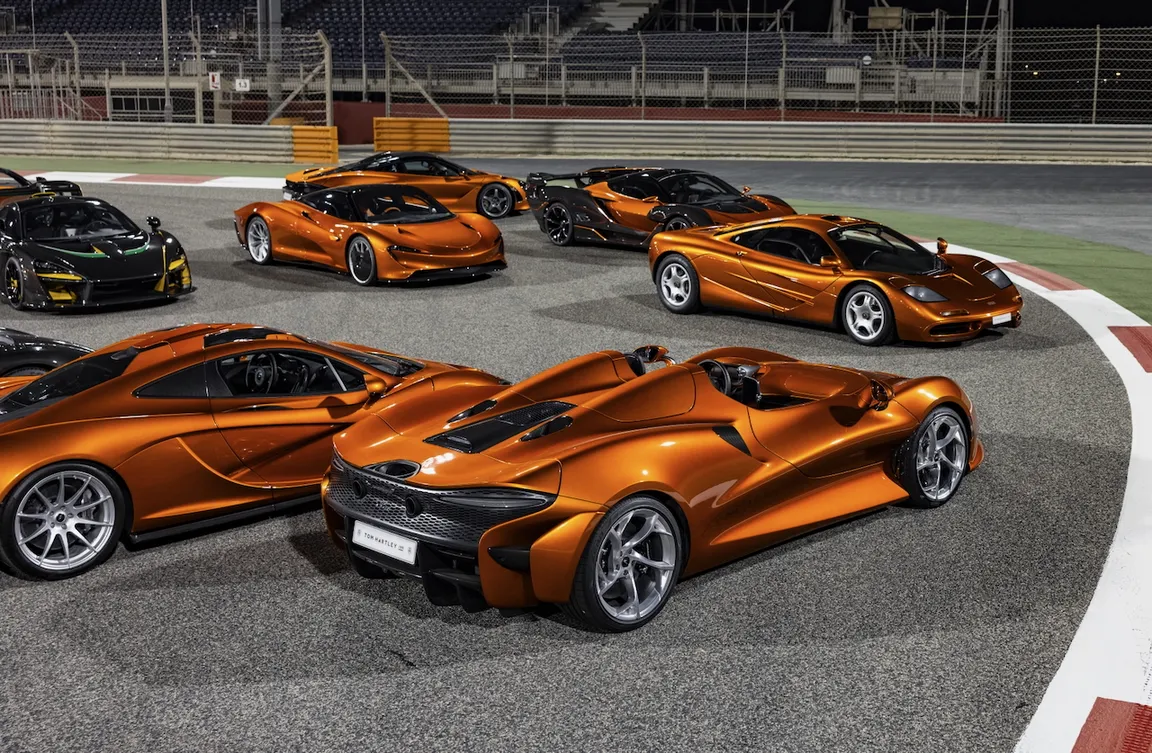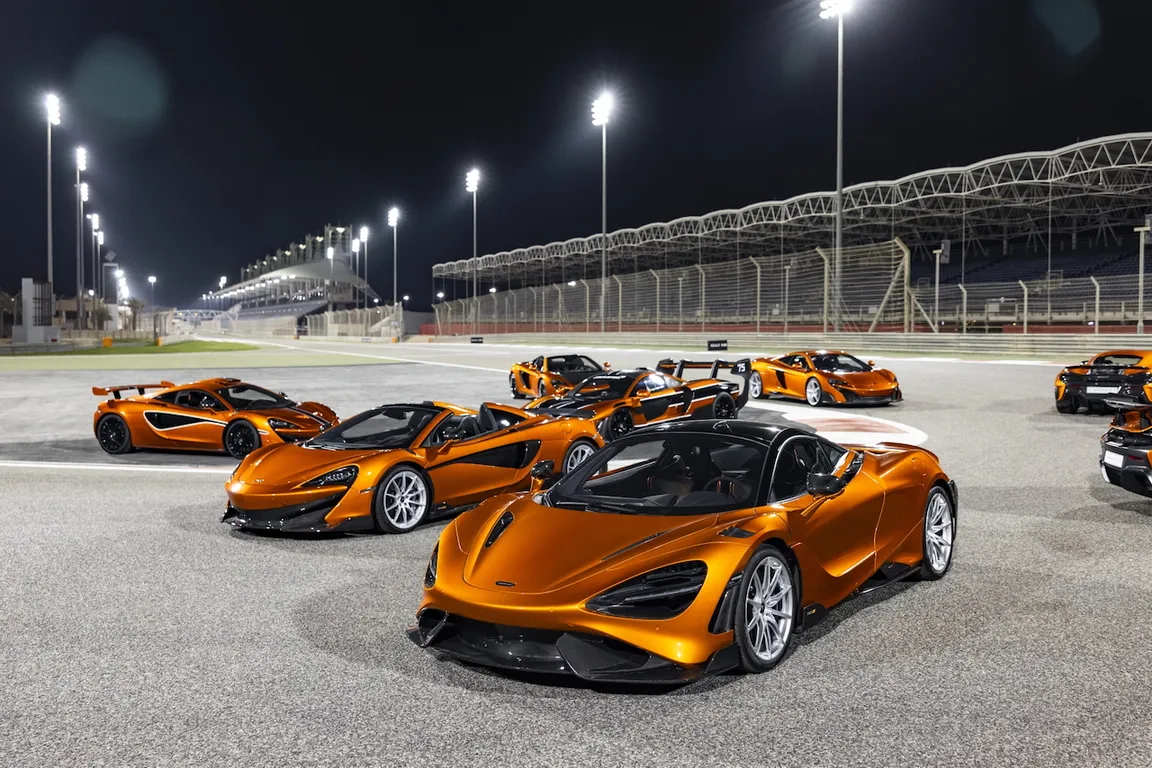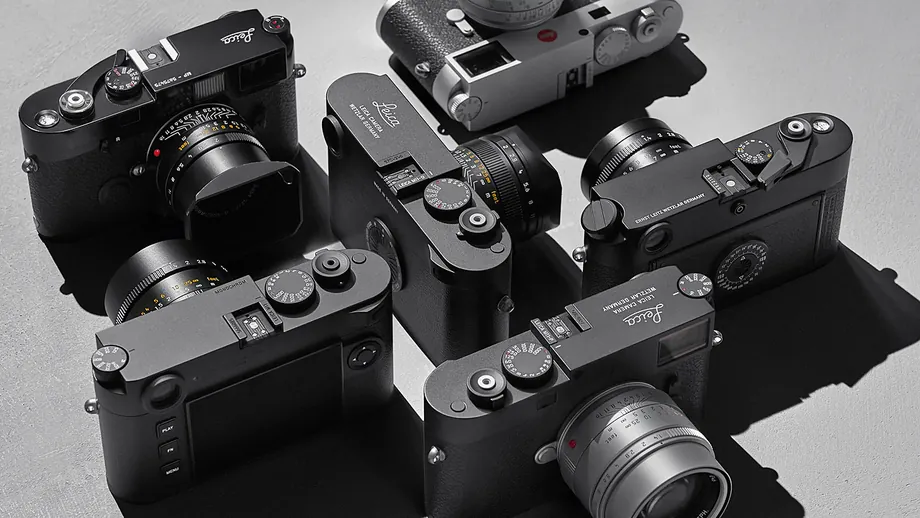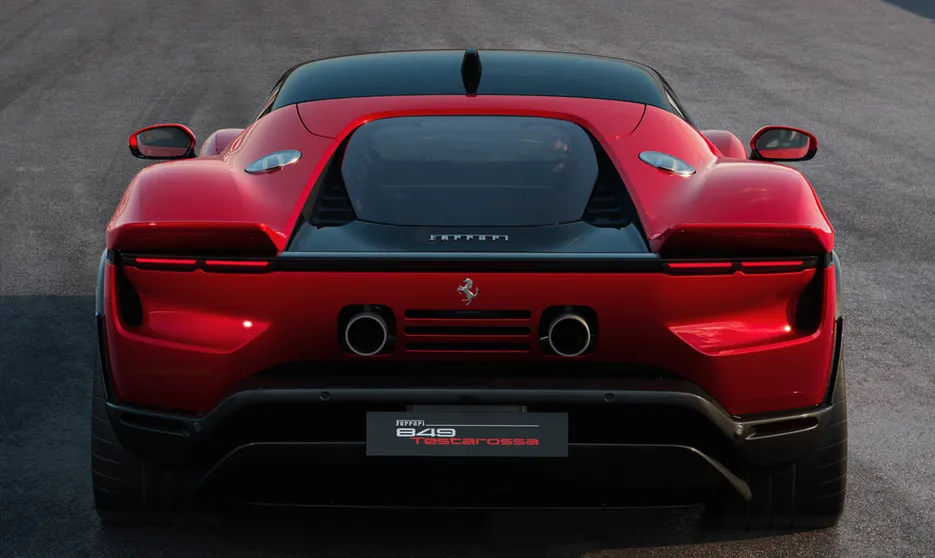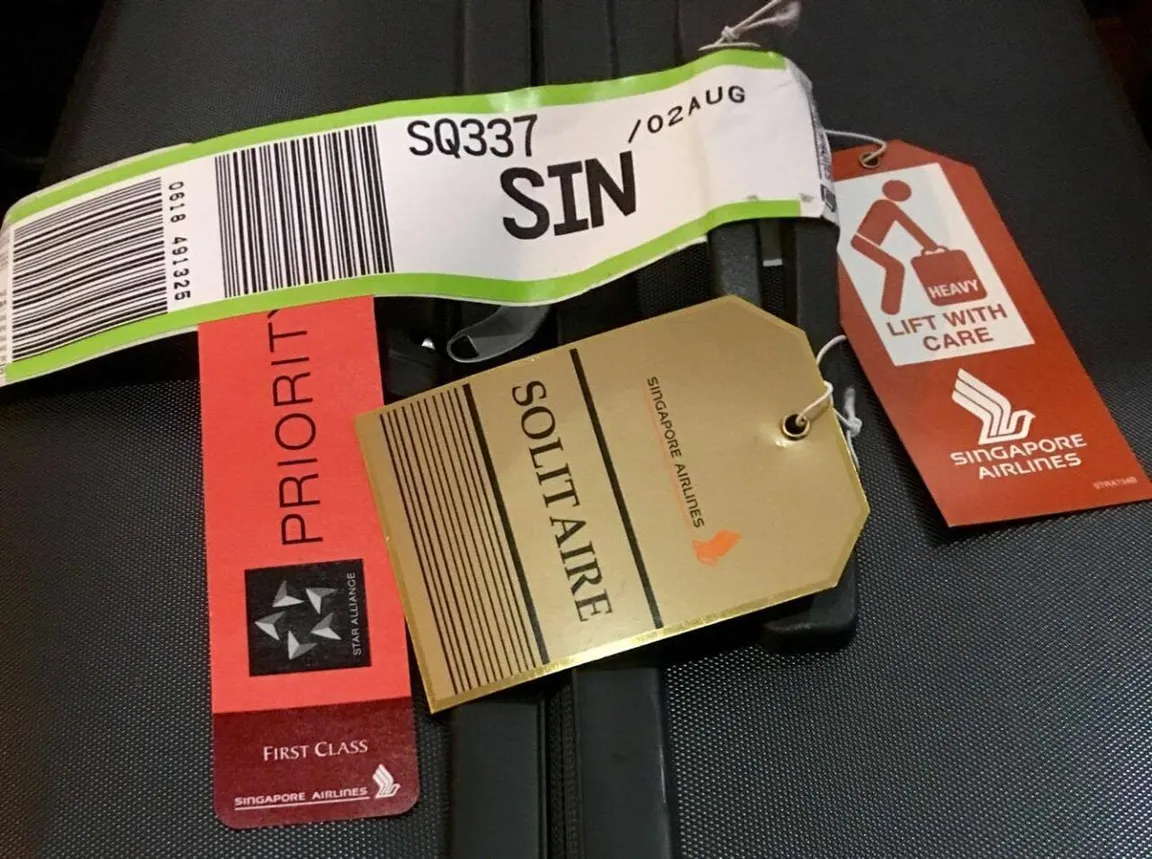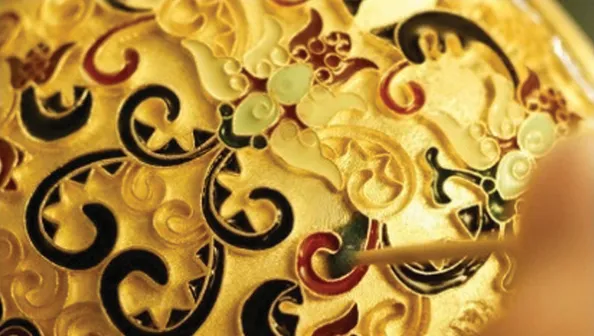What makes a collection — and what makes a legacy?
The first time I heard of TAG, two images came to mind: the brutal power of Porsche turbo engines in 1980s Formula 1, and the precision of TAG Heuer watches worn by racing legends.
Only much later did I realise there was one man behind both. Mansour Ojjeh.
A Saudi-French businessman with the vision — and means — to change motorsport. But more than that: someone who built meaning into everything he touched. From helping Ron Dennis create the McLaren F1, to funding engine innovation, to launching McLaren Automotive, Ojjeh wasn’t just a shareholder. He helped define what McLaren is.
And quietly, privately, he built something even more personal:
🟠 A road car collection no brand could replicate
🟠 No hype, no auctions, no showboating
🟠 Just precision, emotion, and intent
The Jewel in the Crown
Ojjeh’s collection was centred on the McLaren F1, his ‘jewel in the crown’. This particular F1 was a one-of-one example, painted in a unique colour called Yquem, named after the rare and esteemed dessert wine. It was also the last McLaren F1 ever produced.
Nearly every car in the collection was finished in this one-off shade, later renamed by McLaren as Mansour Orange — used exclusively for him. Each car was ordered brand new. Every model carried the final chassis number. And McLaren themselves maintained the entire collection directly — a privilege no other collector ever received.
This was not accumulation. It was curation. A vision realised.
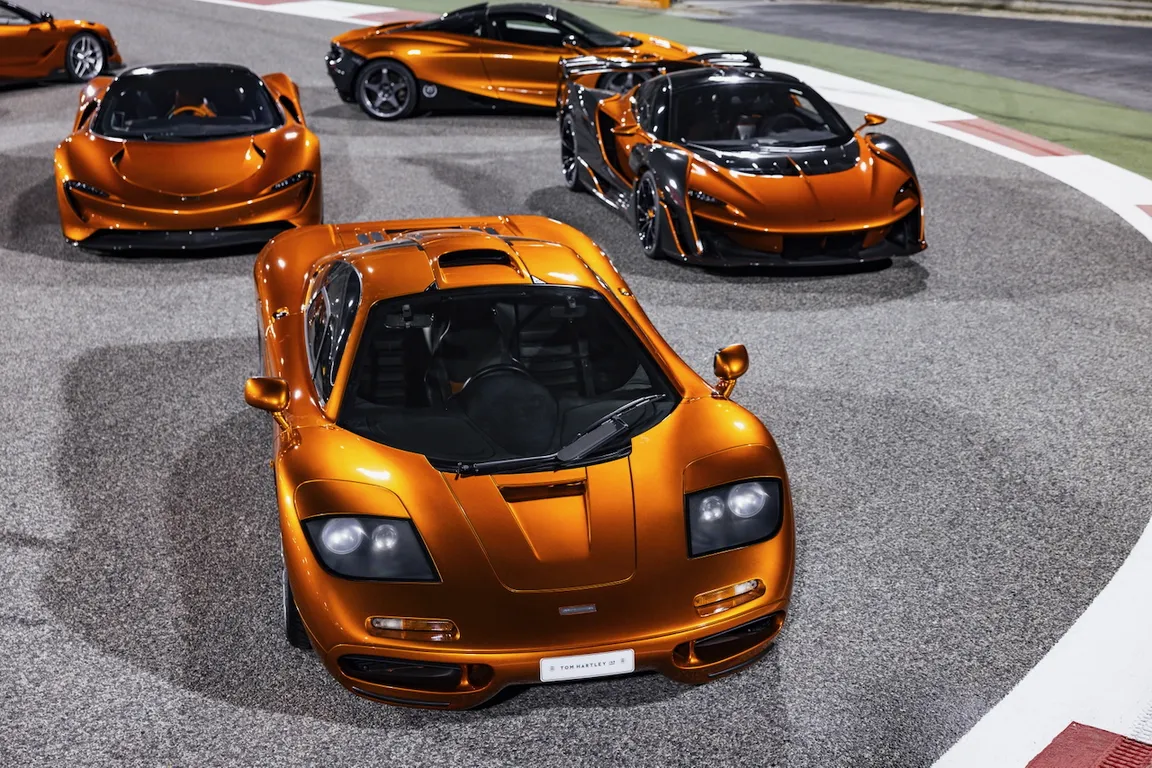
From Private to Public
Now, for the first time, the collection is coming into public view. Tom Hartley Jnr, the same expert who handled Bernie Ecclestone’s GP Collection, has been entrusted with the sale. He describes it as “the most complete McLaren road car collection in the world” — and he doesn’t say that lightly.
During my time at McLaren, I met many serious collectors. Some had scale. Others had taste. Mansour Ojjeh had both — but his restraint made it exceptional.
More Than Cars
As professionals in luxury sales, this raises a bigger question:
Are we selling objects — or helping people shape their legacy?
Because for clients like this, it isn’t about buying a car. It’s about alignment. Emotion. Identity.
Now that the Ojjeh collection is set to change hands, one wonders: will it vanish into vaults? Or will a collector — perhaps in Asia — honour it by driving it?
True legacy in luxury isn’t measured in how much is owned, but in the meaning that ownership creates. Mansour Ojjeh built his legacy not through accumulation, but through curation — a lesson every brand and sales professional can learn from.
The challenge is this: are you guiding clients through transactions, or through decisions that will define their legacy?
